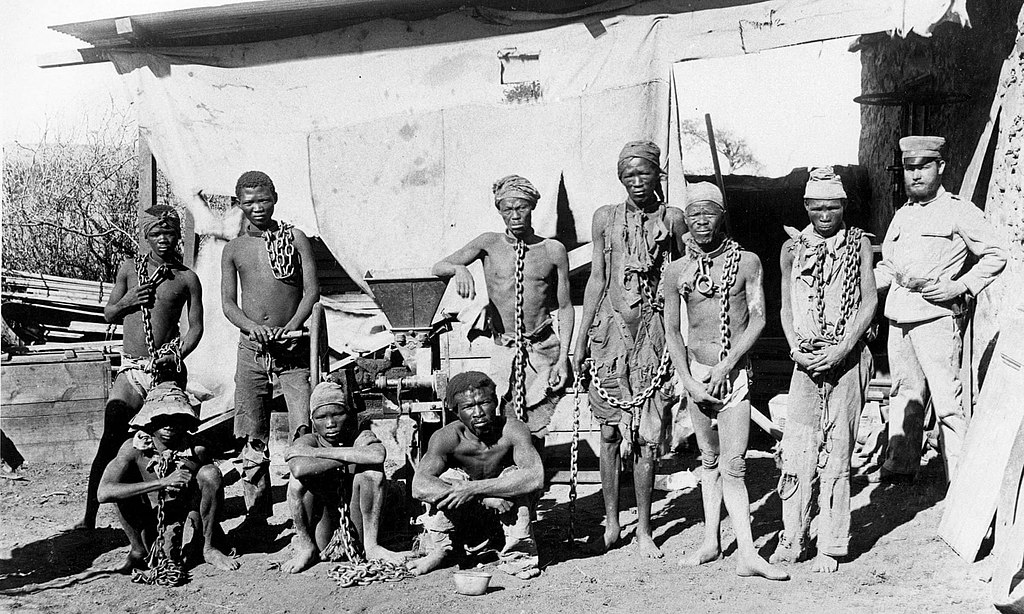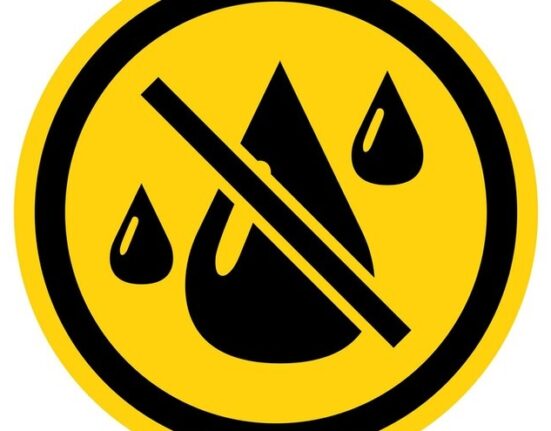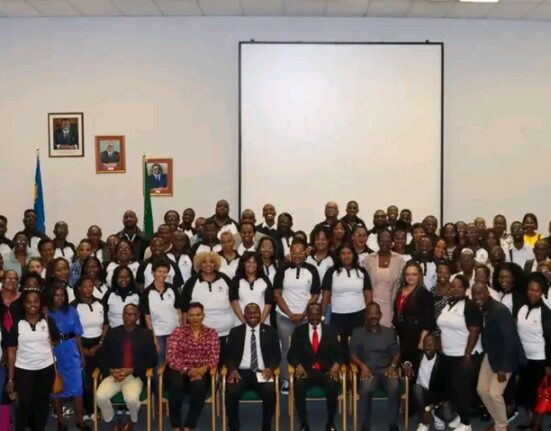Namibia’s history is a rich tapestry of diverse cultures, ethnic groups, and historical events that have shaped the nation’s identity over time. Among the most significant episodes in pre-colonial Namibia were the clashes between the Oorlam and Nama people. These clashes were not only about territorial disputes but also encapsulated broader social, political, and cultural dynamics in the region, deeply influencing the country’s history. Understanding the history of the Oorlam and Nama conflicts provides insight into Namibia’s pre-colonial past, the shaping of its ethnic groups, and the enduring impact of these clashes on Namibian society.
This article delves into the roots of the Oorlam-Nama conflicts, exploring the historical background, causes, key events, and consequences of the clashes. We will also look at the legacy of these conflicts and their lasting influence on Namibia’s political, social, and cultural landscape.
1. The Oorlam and Nama People: A Brief Overview
Before diving into the clashes, it’s important to understand who the Oorlam and Nama people were and their historical origins.
The Nama People
The Nama are an indigenous ethnic group primarily found in southern and central Namibia, with some populations in neighboring regions of Angola and South Africa. They belong to the Khoikhoi people, who were historically known as pastoralists, relying on cattle and sheep farming as their primary means of livelihood. The Nama are part of the larger Khoisan language group, which is one of the oldest and most unique language families in the world.
The Nama had a well-established social structure, with clan-based organization and a strong sense of community and kinship. Their traditional lifestyle was deeply connected to the land, and they were known for their herding practices and the management of extensive livestock.
The Oorlam People
The Oorlam people are a subgroup of the Nama, but they are distinct in terms of their historical development and origins. The Oorlam were originally a group of Khoisan-speaking people who had been influenced by interactions with other groups, including European colonizers and other African ethnicities. They were particularly influenced by the Dutch settlers from the Cape Colony and were heavily involved in the military and political aspects of the colonial period.
The Oorlam were recognized for their distinctive culture, which blended indigenous Nama traditions with influences from European settlers and other African groups. Over time, the Oorlam became a more militarized and organized group, with a notable presence in the southern regions of Namibia. The Oorlam were heavily involved in the political and military conflicts in the region, often acting as intermediaries between the Nama and European settlers.
2. The Roots of the Oorlam-Nama Conflict
The conflicts between the Nama and the Oorlam people were rooted in a combination of social, economic, and political factors. Several key elements contributed to the tensions that eventually erupted into clashes:
1. Territorial Disputes
One of the main causes of the clashes between the Nama and the Oorlam was the competition for territory. Both groups were pastoralists who relied on extensive grazing lands for their cattle and sheep. As Namibia’s population grew and resources became scarcer, the need for fertile land and water sources intensified. This led to disputes over territory and grazing rights, often resulting in conflicts between neighboring Nama clans and the Oorlam.
2. Cultural Differences
While both the Nama and the Oorlam shared common linguistic and cultural roots, significant cultural differences emerged over time. The Oorlam people were more influenced by European colonial structures and practices, while the Nama remained more closely tied to their traditional customs. This cultural divide created tensions, with the Oorlam viewed by some Nama as more aligned with European colonial interests, further exacerbating the conflict.
3. The Impact of Colonialism
Colonial powers, particularly the Dutch and later the Germans, had a profound influence on the region during the 19th century. European settlers brought with them new systems of governance, trade, and land ownership, all of which disrupted the traditional ways of life for indigenous groups like the Nama and Oorlam. The presence of Europeans also created divisions within indigenous groups, with some factions collaborating with colonial powers for economic or military gain.
The Oorlam were seen by some Nama clans as more sympathetic to European interests, which led to animosity and mistrust between the two groups. The Oorlam, on the other hand, often saw themselves as a distinct group that could exert more control over their land and people by aligning with colonial powers.
3. Key Clashes and Events in the Oorlam-Nama Conflict
The clashes between the Oorlam and the Nama escalated over time, resulting in several key confrontations that would shape the course of Namibian history.
1. The Battle of the Orange River (1800s)
One of the first significant clashes between the Oorlam and Nama occurred around the early 1800s, when territorial disputes between the groups became more pronounced. The battle for control over the Orange River and its surrounding lands was a focal point of the conflict, as the river was a critical resource for both groups.
The Oorlam, who had settled in the area and formed alliances with Dutch settlers, clashed with the Nama over control of this strategic water source. The battle was marked by fierce fighting, and the Nama eventually gained control of the region, though the Oorlam continued to exert influence in the area.
2. The Role of Major Oorlam Leaders
Throughout the 19th century, the Oorlam became increasingly militarized and organized under the leadership of key figures, including the likes of Jonker Afrikaner. Jonker Afrikaner was a prominent Oorlam leader who became known for his ability to unite various Oorlam factions and lead them in conflicts against the Nama. His military campaigns and alliances with European powers solidified the Oorlam as a formidable force in the region.
However, Jonker Afrikaner’s rise to power also contributed to deepening the divisions between the Oorlam and other Nama factions. His leadership saw the Oorlam assert dominance over many Nama territories, which caused significant unrest and resentment among the Nama people.
3. The Battle of the Naukluft Mountains (1864)
Another significant event in the Oorlam-Nama conflict was the Battle of the Naukluft Mountains, which took place in 1864. The Nama, led by their chief, Captain Hendrik Witbooi, launched a decisive attack against the Oorlam in an effort to reclaim territory in the central regions of Namibia. The battle was a turning point in the conflict, as it demonstrated the growing resistance from the Nama against Oorlam influence.
While the Oorlam were able to regroup after the defeat, the Nama’s victory at Naukluft helped to solidify their resistance to European colonial and Oorlam authority in the region. It marked a shift in the power dynamics between the groups and signaled the growing tension in southern Namibia.
4. Consequences and Legacy of the Conflict
The Oorlam-Nama clashes had lasting consequences for the social, political, and cultural fabric of Namibia. Some of the key outcomes included:
1. The Fragmentation of Nama Societies
The conflict between the Oorlam and Nama led to the fragmentation of Nama society, with different factions either aligning with or opposing the Oorlam. This fragmentation would have a long-lasting impact on the Nama people, as internal divisions weakened their ability to resist European colonization in the years that followed.
2. The Oorlam’s Role in European Colonization
The Oorlam, through their alliances with European colonial powers, played a significant role in the colonization of Namibia. Their militarized presence and ability to navigate European political systems allowed them to gain power and influence. However, this also made them targets of resentment among other indigenous groups, further exacerbating the divisions within Namibian society.
3. Cultural and Social Change
The Oorlam-Nama conflicts brought about significant cultural and social changes for both groups. For the Nama, the clashes represented a challenge to their traditional ways of life and social organization. For the Oorlam, the conflicts shaped their identity as a more politically and militarily organized group, but also left them struggling with internal divisions.
The Oorlam-Nama clashes are an essential part of Namibia’s pre-colonial history. While the conflict may have been primarily about territorial disputes and political control, it also encapsulated broader themes of colonialism, identity, and cultural change. Understanding this historical period allows Namibians to reflect on their past, the complexities of their diverse communities, and the enduring impact of these conflicts on the country’s development.
The legacy of the Oorlam and Nama clashes serves as a reminder of the resilience of indigenous communities and the enduring struggle for autonomy and self-determination. Today, the Nama people continue to play a crucial role in Namibia’s cultural and political landscape, while the stories of their past remain an important part of the nation’s identity.













